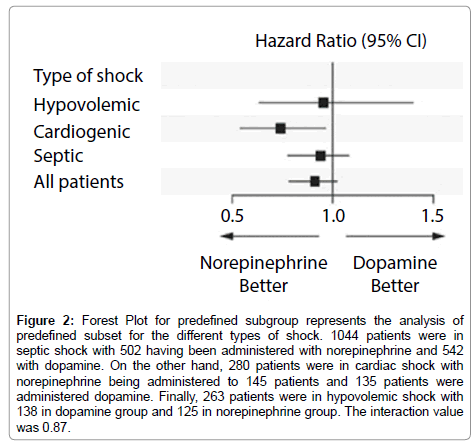Adrenalin 199 Kryaknutij

We don't like to send unsolicited email, and we know you don't like to receive unsolicited email. Our Mailing List Policy We Hate SPAM: Seriously. Vasilj bika nezagojnaya rana sachinenne.
SARA 311 Adrenaline SARA 312 Adrenaline SARA 313 Not Listed WHMIS Canada Not Listed 16. OTHER INFORMATION Revision Date Revision 1 Revision 2 Disclaimer: Columbus Chemical Industries, Inc. (“Columbus”) believes that the information herein is factual but is not intended to be all inclusive.
Adrenalin® is available as a single-use 1 mL vial and a multiple-use 30 mL vial for intramuscular and subcutaneous use. Emergency treatment of allergic reactions (Type I), including anaphylaxis, which may result from allergic reactions to insect stings, biting insects, foods, drugs, sera, diagnostic testing substances and other allergens, as well as idiopathic anaphylaxis or exercise-induced anaphylaxis.
The signs and symptoms associated with anaphylaxis include flushing, apprehension, syncope, tachycardia, thready or unobtainable pulse associated with hypotension, convulsions, vomiting, diarrhea and abdominal cramps, involuntary voiding, airway swelling, laryngospasm, bronchospasm, pruritus, urticaria or angioedema, swelling of the eyelids, lips, and tongue. Adrenalin Injection Dosage and Administration Inject Adrenalin® intramuscularly or subcutaneously into the anterolateral aspect of the thigh, through clothing if necessary. When administering to a child, to minimize the risk of injection related injury, hold the leg firmly in place and limit movement prior to and during an injection. The injection may be repeated every 5 to 10 minutes as necessary.

For intramuscular administration, use a needle long enough (at least 1/2 inch to 5/8 inch) to ensure the injection is administered into the muscle. Monitor the patient clinically for the severity of the allergic reaction and potential cardiac effects of the drug, with repeat doses titrated to effect. Do not administer repeated injections at the same site, as the resulting vasoconstriction may cause tissue necrosis.
Inspect visually for particulate matter and discoloration prior to administration. Do not use if the solution is colored or cloudy, or if it contains particulate matter. Adults and Children 30 kg (66 lbs) or more: 0.3 to 0.5 mg (0.3 mL to 0.5 mL) of undiluted Adrenalin® administered intramuscularly or subcutaneously in the anterolateral aspect of the thigh, up to a maximum of 0.5 mg (0.5 mL) per injection, repeated every 5 to 10 minutes as necessary.
Monitor clinically for reaction severity and cardiac effects. Children less than 30 kg (66 lbs): 0.01 mg/kg (0.01 mL/kg) of undiluted Adrenalin® administered intramuscularly or subcutaneously in the anterolateral aspect of the thigh, up to a maximum of 0.3 mg (0.3 mL) per injection, repeated every 5 to 10 minutes as necessary. Monitor clinically for reaction severity and cardiac effects. Dosage Forms and Strengths Adrenalin® 1mg/mL (1:1000) epinephrine injection, 1 mL solution in a single-use clear glass vial and 30 mL solution in a multiple-dose amber glass vial. Contraindications None.
Warnings and Precautions 5.1 Incorrect Locations of Injections Injection into the anterolateral aspect of the thigh (vastus lateralis muscle) is the most appropriate locations for administration because of its location, size, and available blood flow. Primavera 6 product code keygen software download. Injection into (or near) smaller muscles, such as in the deltoid, is not recommended due to possible differences in absorption associated with this use.
Do not administer repeated injections of epinephrine at the same site, as the resulting vasoconstriction may cause tissue necrosis. Do not inject into buttock. Injection into the buttock may not provide effective treatment of anaphylaxis and has been associated with the development of Clostridial injections (gas gangrene). Cleansing with alcohol does not kill bacterial spores, and therefore, does not lower this risk. Do not inject into digits, hands, or feet. Epinephrine is a strong vasoconstrictor. Accidental injection into the digits, hands or feet may result in loss of blood flow to the affected area and has been associated with tissue necrosis. 5.2 Serious Infections at the Injection Site Rare cases of serious skin and soft tissue infections, including necrotizing fasciitis and myonecrosis caused by Clostridia (gas gangrene), have been reported at the injection site following epinephrine injection for anaphylaxis. Clostridium spores can be present on the skin and introduced into the deep tissue with subcutaneous or intramuscular injection.